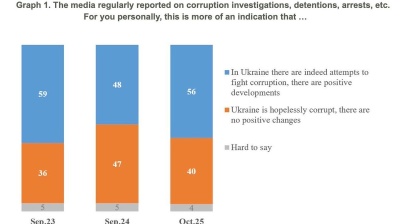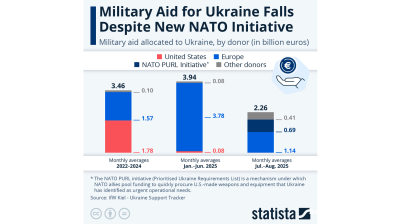Russia's GDP in January-June 2018 increased by 1.6% year-on-year, according to the flash estimates of Rosstat statistics agency. This is slightly below the 1.7% estimated by the Ministry of Economic Development for the same period.
In August Rosstat reported that Russia’s GDP expanded by 1.8% in the second quarter, a bit weaker than analysts were expecting but up from 1.3% in the first quarter and continuing in the right direction. Official forecasts for the whole year put growth on the order of 2% with some economists previously predicting even faster growth.
However, the second quarter result suggests the year’s growth will come in under that target, and that the slower growth is caused by an increase in the VAT rate in July from 18% to 20% and new Defending American Security Against Kremlin Aggression Act (DASKAA) sanctions that may be imposed by the US in the autumn. Both these factors mean the Central Bank of Russia (CBR) is also unlikely to cut rates again, or at least slow its cutting cycle even further, that will also depress growth.
The Ministry of Economic development has already revised the 2018 full-year GDP growth to 1.9%, while the CBR expects GDP growth in the range of 1.5-2% for the full year. Previous reports suggested that the ministry might cut the 2019 growth outlook due to the effects of the VAT hike.
In the latest rating action on Russia Fitch Ratings expected GDP growth to reach 1.8% in 2018 and then slow to 1.5% in 2019 due to the impact of VAT hike on household consumption, while also highlighting higher sanction risks. Growth is seen recovering to 1.9% in 2020, but will remain weaker than the forecast 'BBB' rated countries’ median average of 3.2% in 2019-2020.
Notably, Fitch estimates the potential average growth in Russia at 1.2%, while the government targets boosting GDP growth to 3%-3.5% in the medium term. Such a goal "would involve raising gross capital formation to 25% of GDP by 2023, from 21% in 2017," which Fitch does not view as realistic "given the unfavourable business environment."
Data

Ukraine’s credibility crisis: corruption perception still haunts economic recovery
Despite an active reform narrative and growing international engagement, corruption remains the biggest drag on Ukraine’s economic credibility, according to a survey by the Kyiv International Institute of Sociology.

India’s retail payment revolution
India’s payments landscape has reached a pivotal stage, with digital transactions now accounting for 99.8% of all retail payments.

Military aid for Ukraine falls despite new Nato PURL initiative – Statista
The Kiel Institute for the World Economy found that military aid to Ukraine dropped sharply in July and August compared to previous months, despite the implementation of the Nato PURL initiative.

IMF cuts Russia’s 2025 growth forecast to 0.6%, leaves Ukraine's unchanged at 2%
The International Monetary Fund has lowered its forecast for Russia’s economic growth in 2025 to just 0.6%, marking the second-steepest downgrade among major economies, even as it raised its global outlook.

.png)

